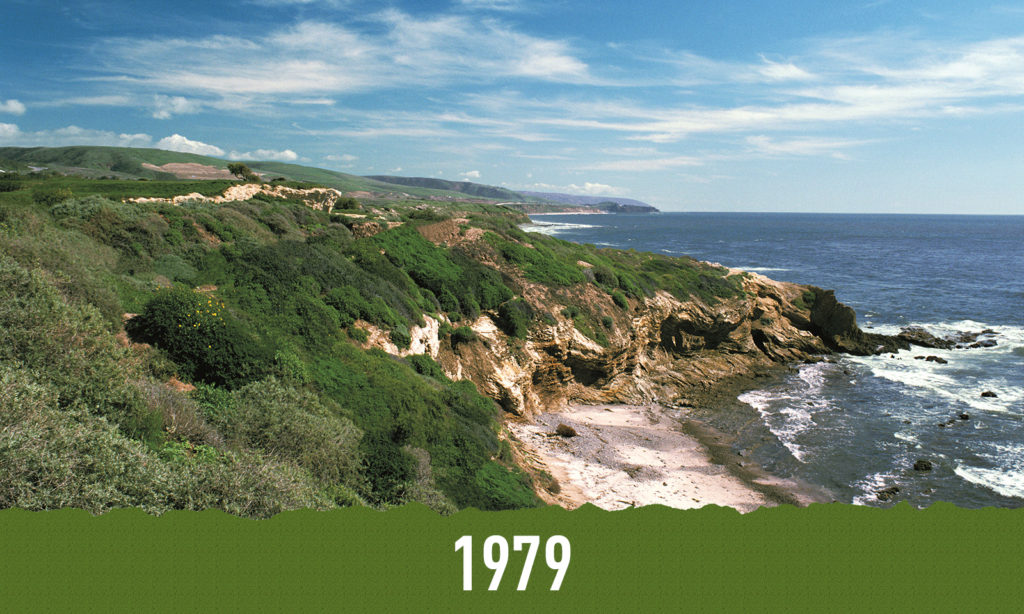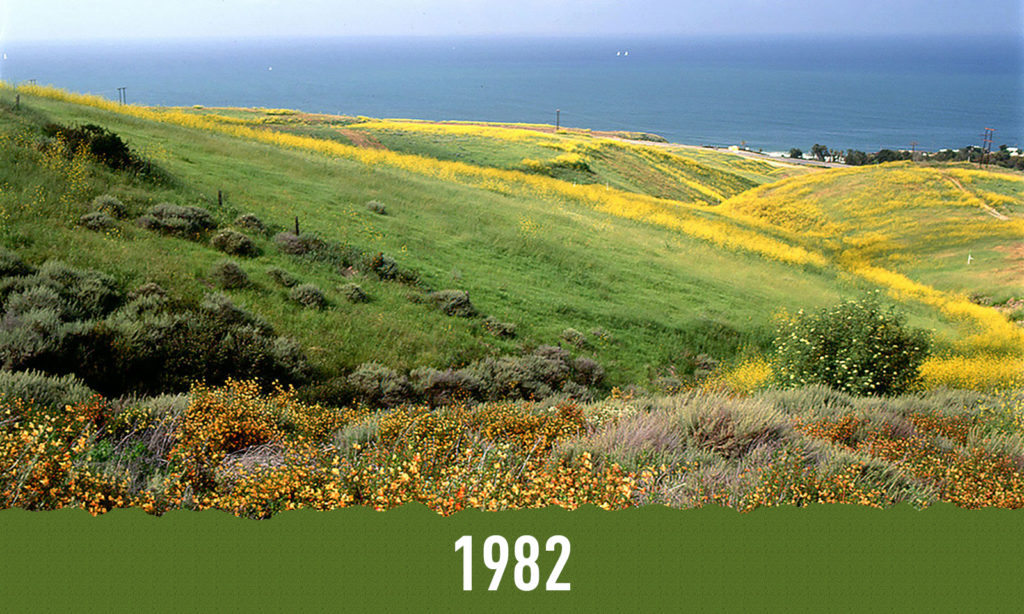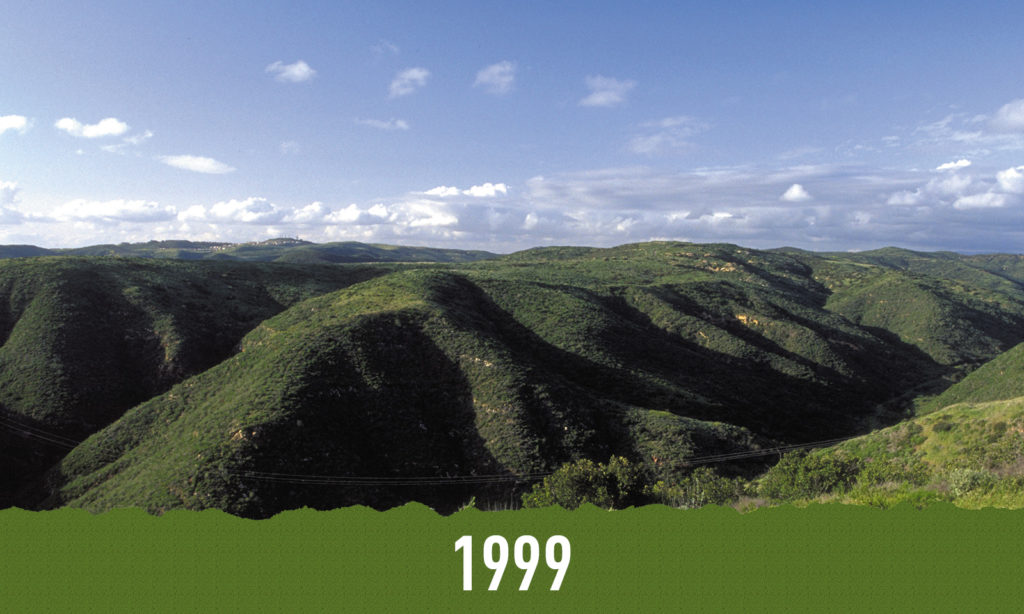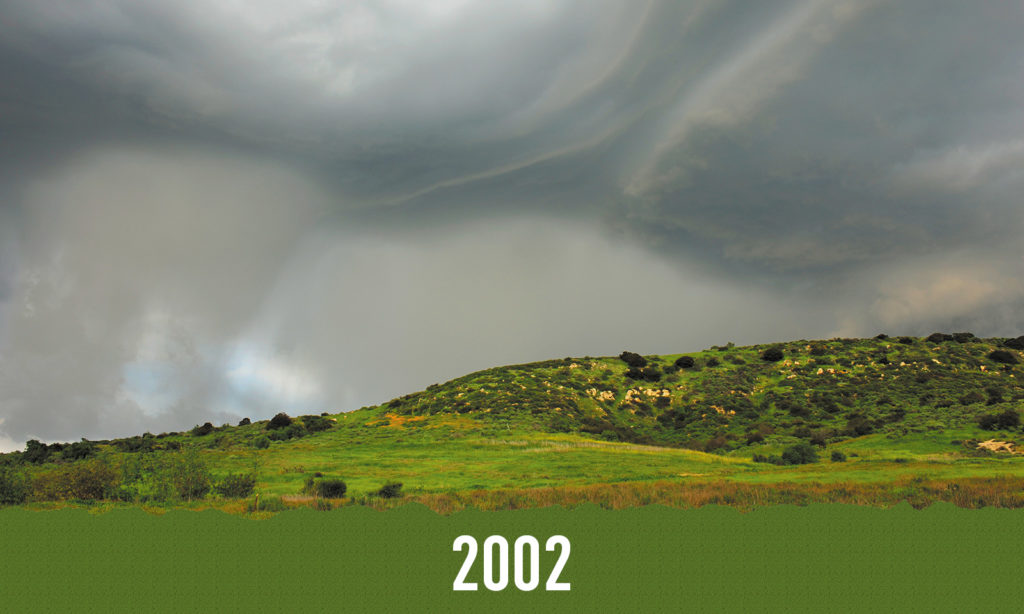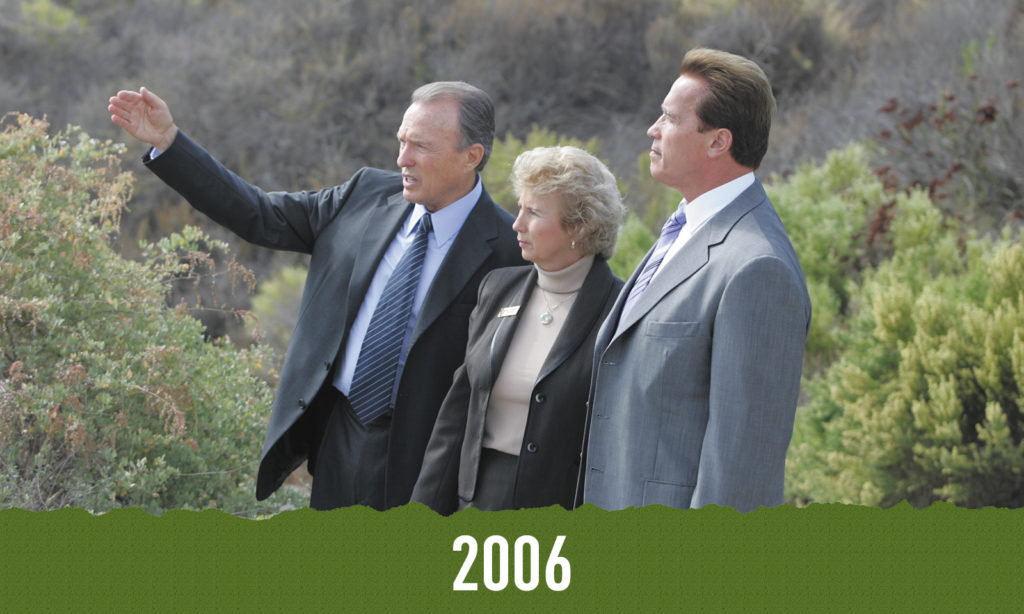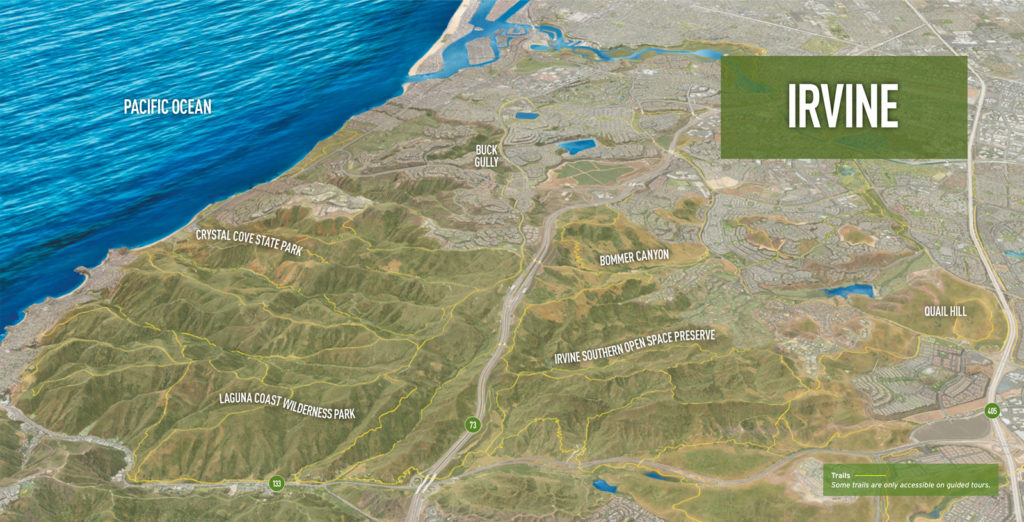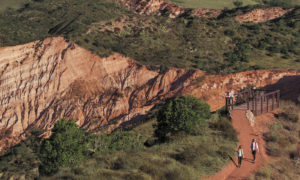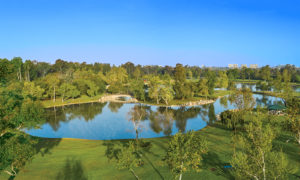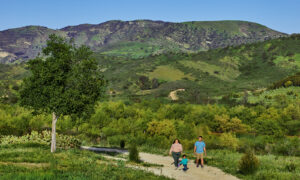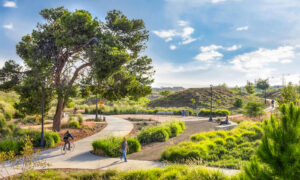The coastal hills of Irvine, Newport and Laguna Beach form the largest natural preserve from Camp Pendleton to Malibu – and one of the rarest ecosystems on earth.
Known as the San Joaquin Hills, they run 16 miles from Irvine’s Quail Hill to the Pacific Ocean, with hiking trails and scenic vistas that reach heights of more than 1,000 feet.
The 15,000-acre preserve is one of the best examples of a Mediterranean climate ecosystem in the world, home to dozens of plants and animals that exist nowhere else.
Rare animals include the California Gnatcatcher and Cactus Wren. Rare plants include the Catalina Mariposa Lily and Many-stemmed Dudleya. The hills offer a variety of public trails, including one from Bommer Canyon in Irvine that extends to the sandy beaches of Crystal Cove. In 2006, the preserve was designated a National Natural Landmark.
The Landmark also includes Irvine’s Northern Preserve, which extends from Irvine’s Portola Springs and Orchard Hills to the Cleveland National Forest.
How these hills were preserved
Irvine Company set aside more than 15,000 acres to create this coastal preserve. Key milestones:
